|
A Museum Begins
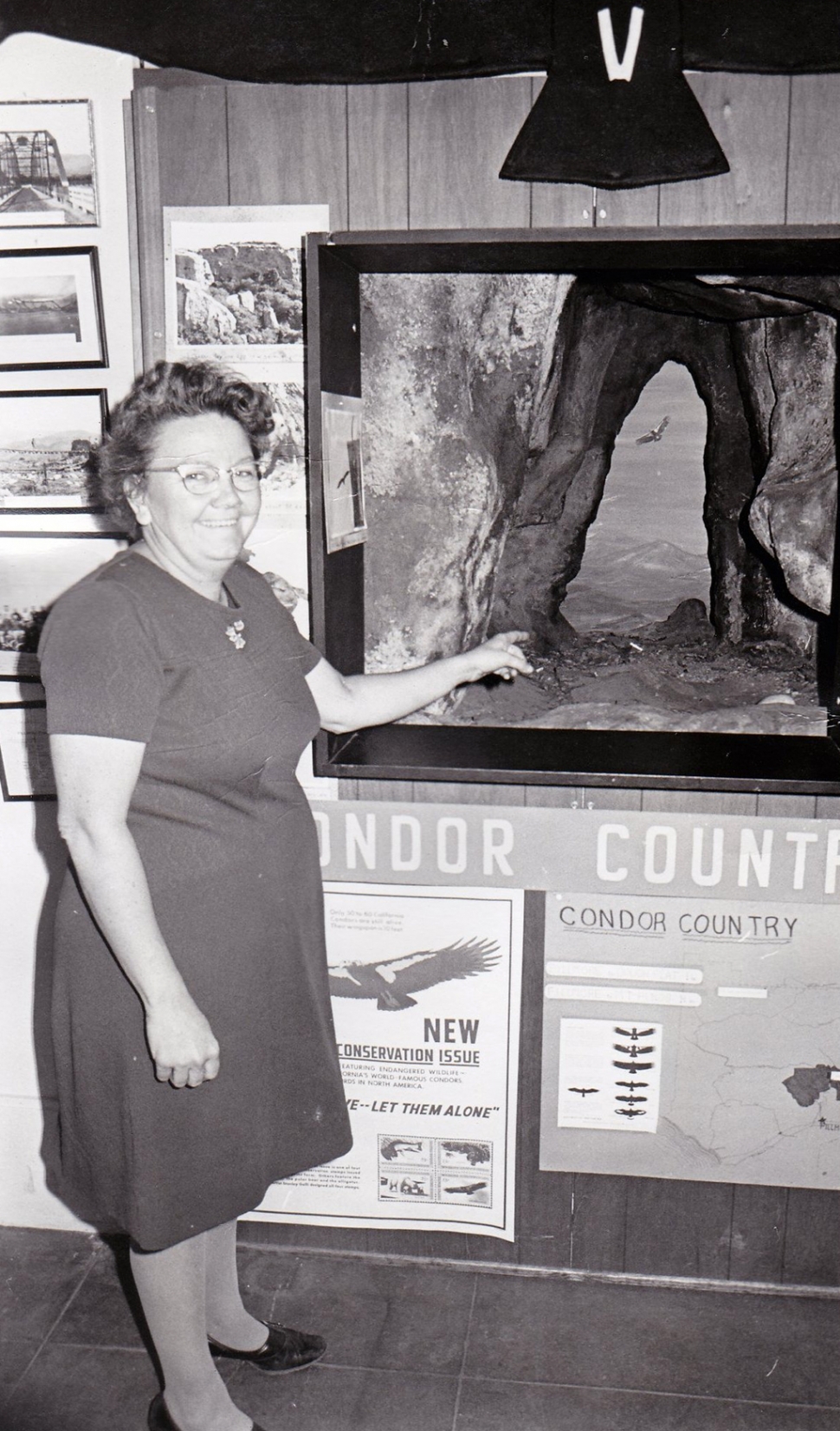 Dorothy Haase, Fillmore Historical Museum cofounder, who was in charge until 1996. Photos courtesy Fillmore Historical Museum. By Gazette Staff Writers — Wednesday, October 27th, 2021
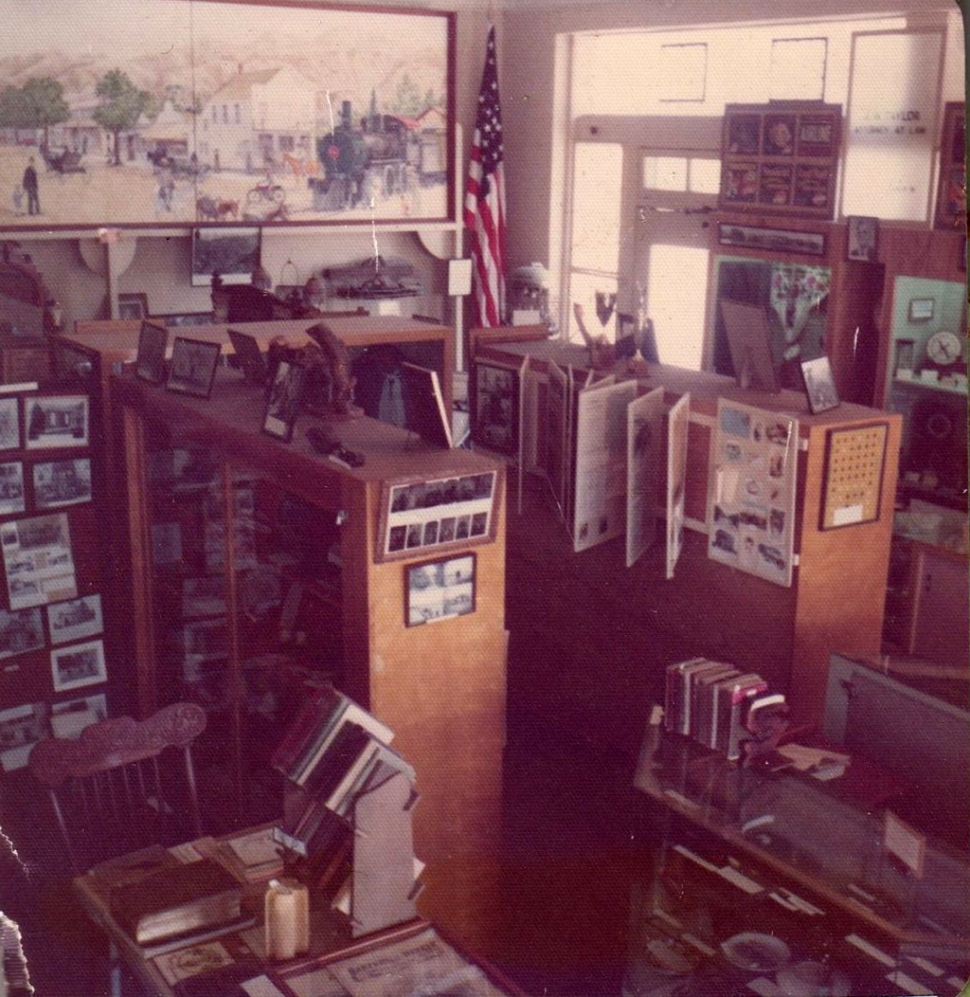 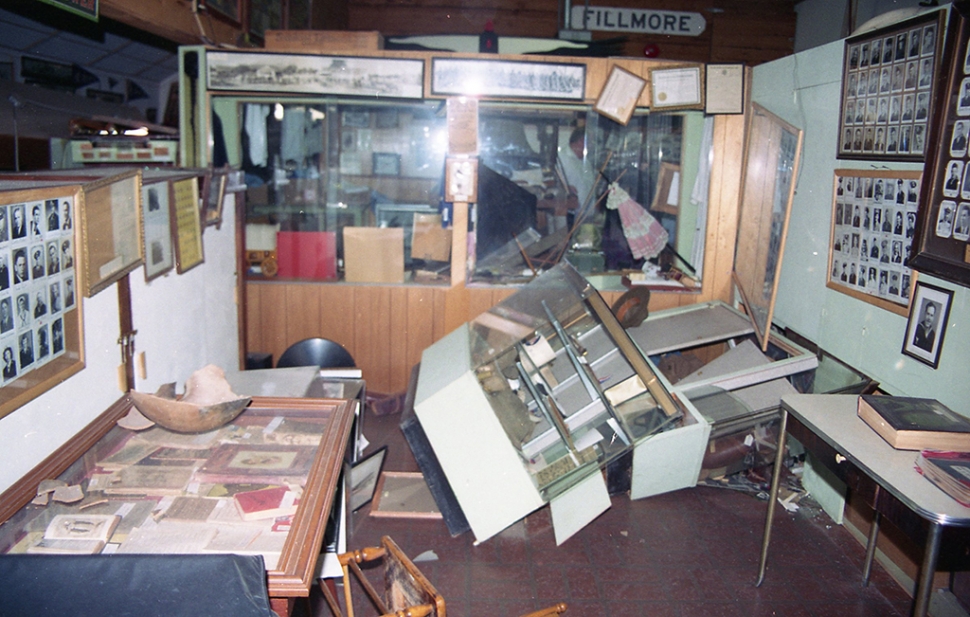 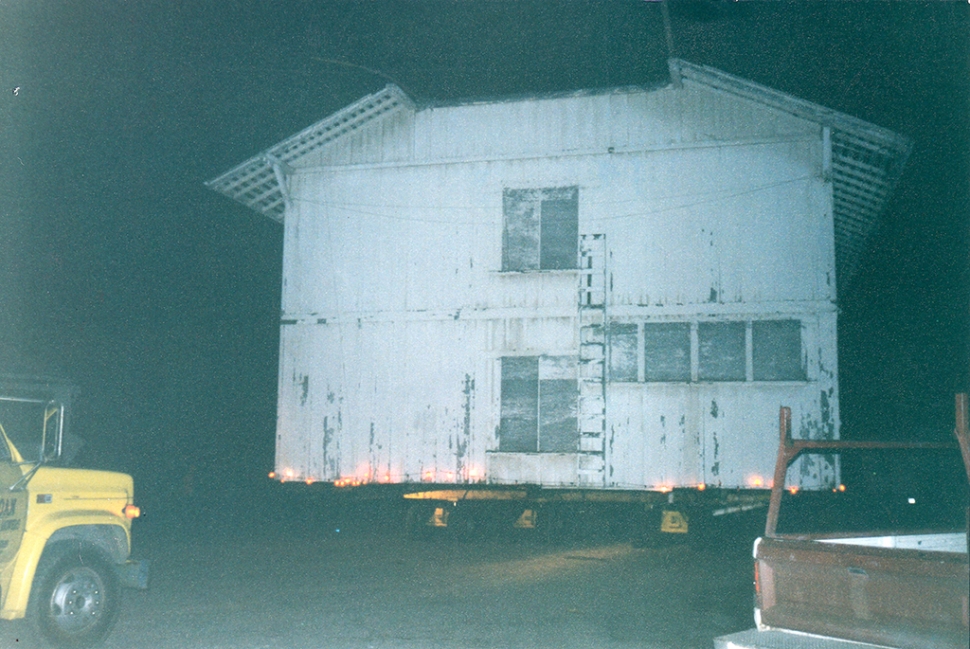 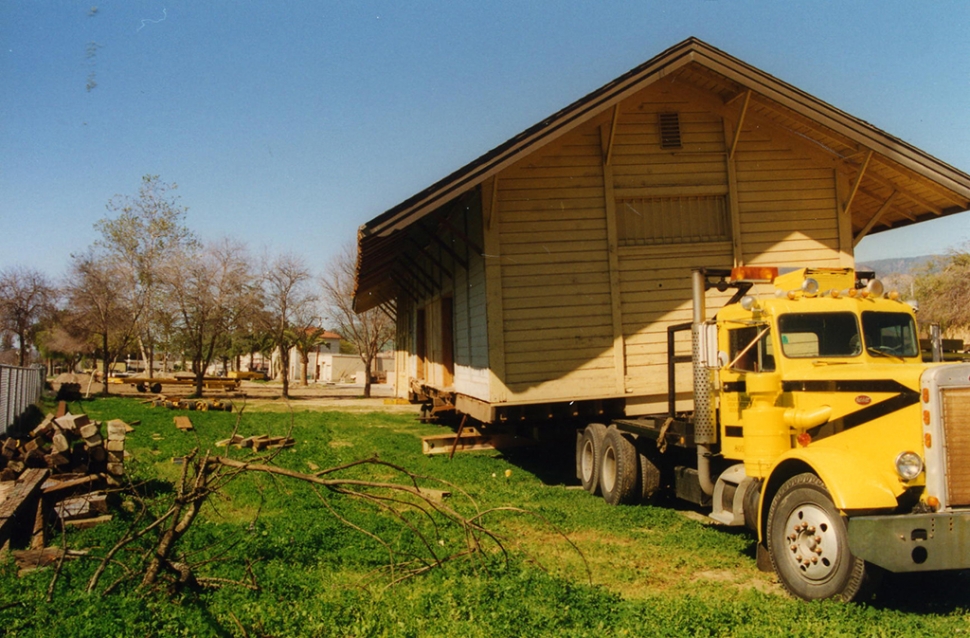 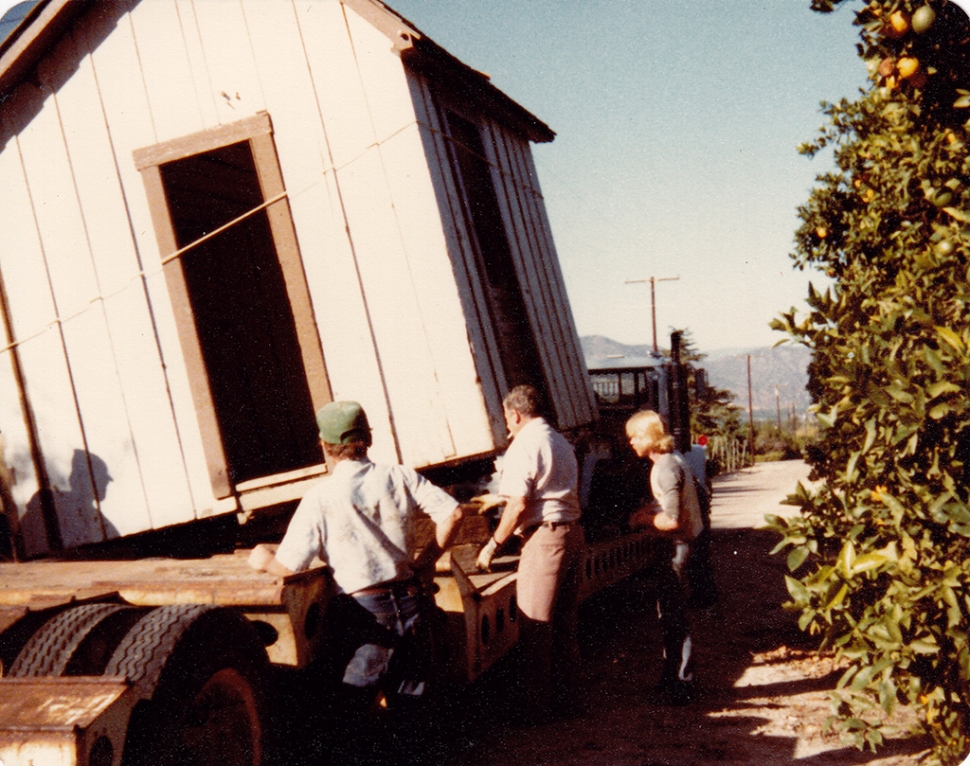 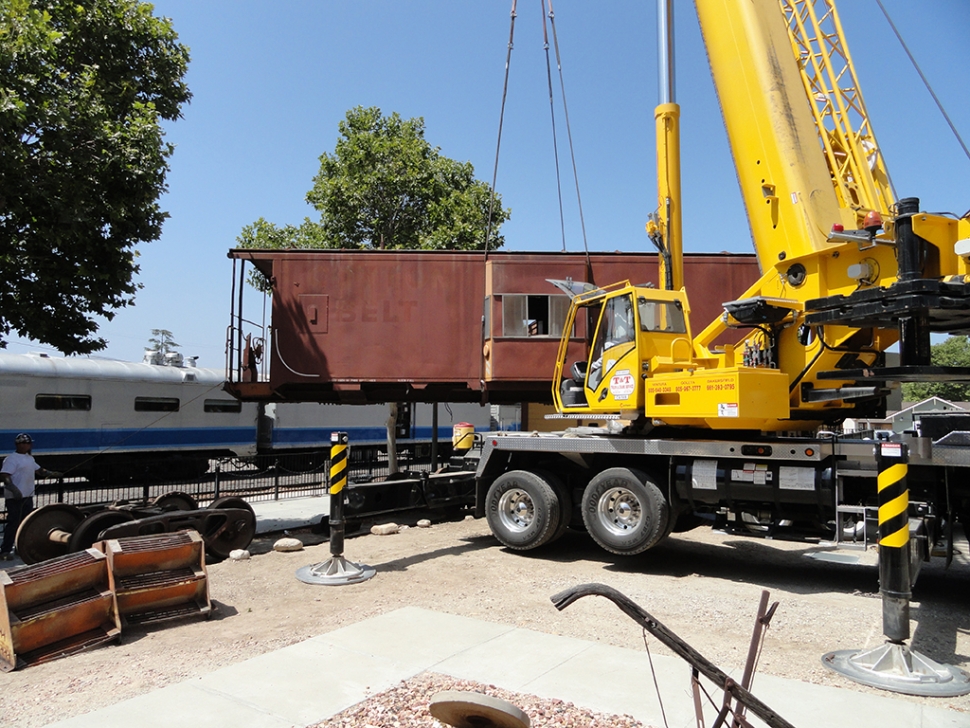 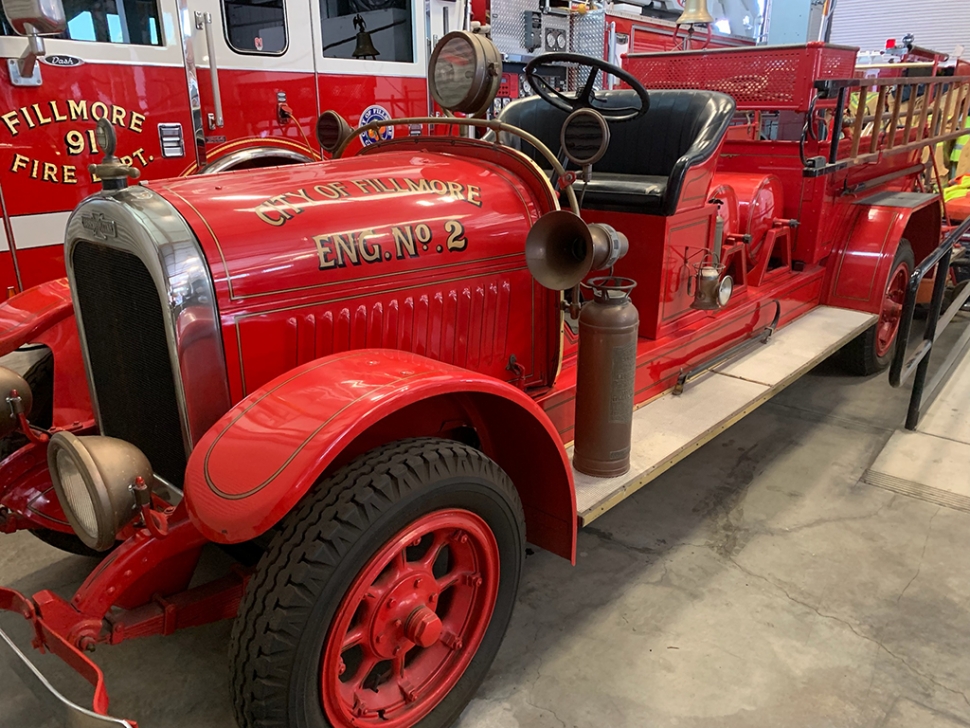 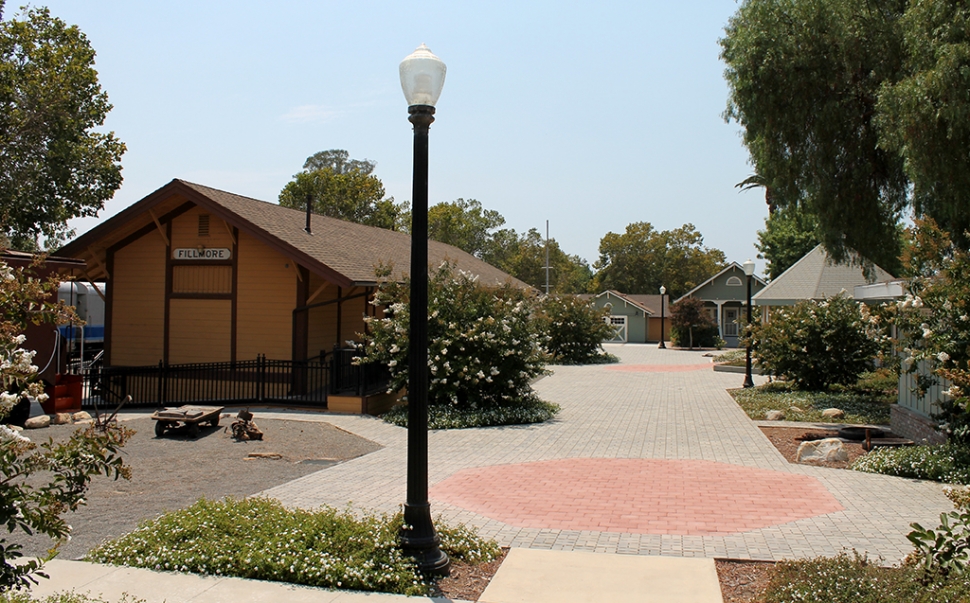 Courtesy Fillmore Historical museum The museum has been in Fillmore for decades but how did it get started? In 1970 the Fillmore Chamber of Commerce under the direction of its president, Joe Kern, decided that Fillmore needed a museum. There had been a small historical display in the 1940s located in the Fillmore City Hall. City Manager Clarence Arrasmith was custodian of this small collection of artifacts donated in 1928 by longtime resident, Dr. Alexander McGregor. A real museum would be tourist draw and a source of pride for the community. The Chamber Board asked local author, historian and Spanish teacher, Edith Jarrett, to spearhead the project and become the founding curator. In addition the Chamber donated $1000 to get the project rolling. Edith along with Dorothy Haase who was Chamber secretary began the process by finding a rental space for the future museum. The first location would be the ground floor space in the Masonic Temple Building on the corner of Central and Sespe Streets. Over the years this space had been a general merchandise store and a grocery store. It would soon become the Fillmore Historical Museum and would share space with the Chamber of Commerce. But how do you start a museum from scratch? The first item on the agenda was making a list of about 100 families who had been in Fillmore as early as 1900. Dorothy and Edith drafted a letter which was sent to these families and to local clubs and civic groups explaining the new project and its need for financial help as well as historic artifacts. Then the wait for a response began. The response was incredible. They received hundreds of photos, old oil field and farming tools, kitchen items, paintings and much much more including financial donations. In order to organize and display all these donated items they needed showcases and an identification system. Local families and organizations sent financial donations large and small to cover the cost of the cases. In return a plaque was put on the cases honoring the donor. Carpentry was done by Fred Barger. Earl Ball designed and built the original cases. As time went by and more cases were needed. Some came from local stores who were replacing them with newer ones or they were purchased. Many of the showcases in use today were donated to the Fillmore Museum by the Museum of Ventura County when they replaced them with newer ones. Identification was a simple numbering system with a three digit family number followed by an item number attached to each artifact. The official opening day was during the May Festival in 1972. Within a short time the Museum was receiving visitors by the busload from Los Angeles, students from our local elementary and high schools and numerous clubs and even college students doing research. In 1973 Edith was getting suggestions from the locals that the Museum should acquire the Southern Pacific depot which was going to be torn down by the railroad. At the same time the little space in the Masonic building was to be made even smaller by the installation of an elevator. She took a close look at the depot and found it to be in generally good shape except that there was no wall covering, no ceiling and a splintery floor. It looked every bit its age as it had been built in 1887. It would also need new electrical wiring, plumbing, new paint and, possibly, a new roof. Edith proposed to the city that she would cover the cost of moving, repairs and refinishing if the City would provide a location. Unfortunately, when Edith presented the idea to the city council there was a catch. They had to approve the proposal that night, December 11, 1973, as the Southern Pacific required that the depot must be off the railroad right of way by Dec 31 or it would be demolished. We will be forever grateful that the Fillmore City Council under the leadership of Mayor Ernie Morales unanimously approved the plan that night. The Fillmore Depot was moved to city property on Main St. just across the alley from the old fire station and restored. In 1975, a 1956 boxcar was added to the site for additional display space. Edith served as curator until 1979 succeeded by Dorothy Haase who was in charge until about 1996. The Northridge earthquake of 1994 set the Museum on a new path. The depot was knocked askew off its foundation and the Museum was closed for about four years. During that time the city once again favored the Museum with permission to move to city owned property next to the track on Main St. between Saratoga and Clay. During that 4 years the Museum office was first in a caboose next to the site and then in 1996 the office opened in the 1905 Hinckley House. The house had been badly damaged in the earthquake, donated to the museum by the Corl family, and moved to the new site and restored. The 1919 Bunkhouse building, a donation by James P. Finch, was moved from Rancho Sespe to the site and restored in 1998-1999. Finally the depot which had been moved in 1994 to the site was put on a foundation and restored. The entire project was finished and move in was complete by 2008. Also added to the site was the Bardsdale post office which had for years sat on the depot dock when the depot was across the site next to the alley. In the last 15 years a 1968 caboose has been added, pavers and landscaping installed in the center of the site, and the well-traveled gazebo put in place. The gazebo had graced the city park west of the museum site, then moved to the vacant space where the Masonic Temple had been located and finally moved to the Museum site. A garage was built next to the Hinckley House to protect and display a 1920 Model A pickup which was restored by Lyn Thomas and his high school auto shop class and taken on the History Channel’s Great Race in 1999. The newest addition to the site will be a display building to house the 1927 American La France fire engine which was used here in Fillmore between 1928 and the early 1950s and donated by a group of former Fillmore firemen who faithfully restored it. Throughout Covid 19 closedowns and reopening the Fillmore Historical Museum docents have been at work. New displays have been designed and put in place. We are also looking forward to celebrating the 50th anniversary of the museum next year. We are grateful to the community for its support and we hope that you will take the time to visit the Museum. We also hope that if you are a lover of antique vehicles, especially fire trucks, you will support the Museum with a donation for the specific purpose of building the firehouse. |
